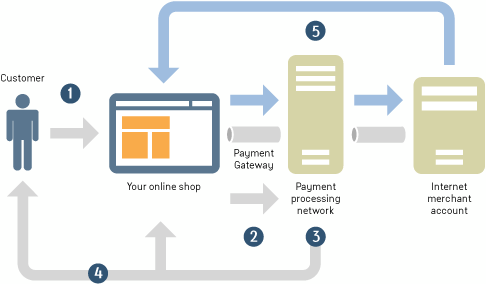On September 9, 2014, iOS 8 was launched and it has gone through a round of changes since then. It has moved from the iOS 8.1 version to the iOS 8.3 version, fixing new bugs and introducing new changes in the OS.
Until today, it is the biggest release for developers and iPhone app publishers. With rounds of refinements and additions to the latest features, it is important to implement current changes in iPhone apps to improve the user experience.
However, prior to turning ideas into apps, you need to understand the interactions that will take place between the system and the app to leverage a unique user experience.
1. It is Time to Think Big, With Big Screens
The iPhone 6 and iPhone 6 Plus, with sizes 4.7 inches and 5.5 inches respectively, have larger canvases compared to their earlier versions.
Therefore, if you have your current iOS app built for the smaller screens, it is time to change. Grow your app size, using Auto Layout and stop it from getting letterboxed. Use bigger graphics that optimize animated images and enlarge the font types.
2. Widgets
iOS developers can, at the moment, make customized and interactive widgets in the Notification Center. You can look at the current weather app widget that induces interaction.
To add a widget from an app, you need to pull down the Notification Center, tap at the bottom of the display and select the widget and choose the order you want it to appear in.
 |
Optimizing User experience for
iOS Applications
|
3. Interactive Notifications
iOS streamlines the process to send and receive interactive notifications without requiring the launch of a corresponding iOS app. It gives users a chance to interact with the notifications on the Lock Screen and in the Notification Center.
For example, on receiving a new text message, you can pull down the notification which will bring up the keyboard to type a response without opening your Message app. Developers now get the chance to determine what actions to show to respective users, just like for Android.
4. Bumps in Pixels
The iPhone 6 and iPhone 6 Plus have more pixels compared to the older versions. You can now leverage much higher resolutions, thus
optimizing the app graphics vividly.
5. Touch ID Authentication
This new iPhone app aims to enhance your security, so make sure you use the Touch ID’s fingerprint scanning capability. It allows you to authenticate the user’s ID and log into an app without the use of the keyboard. The growth of hackers, phishing plans and password thieves makes Touch security quite useful.
6. Multitasking Abilities
Handoff and AirDrop are the two highly convenient apps which improve the user experience. With Handoff, you can start a task on an iOS device, such as your iPad, and then complete it on your iPhone, Mac or iMac whether it is a call, email or document.
With AirDrop, you will be able to easily transfer files between iOS and Mac devices.
7. Interact with Other Apps using Extensions
Would you like to start an interaction between your iPhone app and another?
iOS 8 gives one app the ability to share data with one or more apps on a similar device. This helps the app owners to embed data from one app and transfer it to the other, with the use of simple extensions.
8. More than 4,000 Developers Kit
With iOS 8 come more than 4,000 new application program interfaces(APIs)that add stunning features and capabilities to your apps, such as the PhotoKit which helps users edit their photos in the Camera Roll without importing them.
To get more control on the focus and exposure, users now have a Camera API. Also, HomeKit dictates to Siri to carry out tasks such as turning off the TV and lights and HealthKit communicates with the health apps.
iOS 8 gives startups and big entrepreneurs a chance to create a highly customized experience from keyboards to document handling and from photo editing to sharing different content. You can now optimize the user experience of your iPhone apps with a little twist and foster more app conversions.
So when do you plan on leveraging the features mentioned above? Would you like to share any inputs? Please feel free to leave your comments below and thanks for reading!













